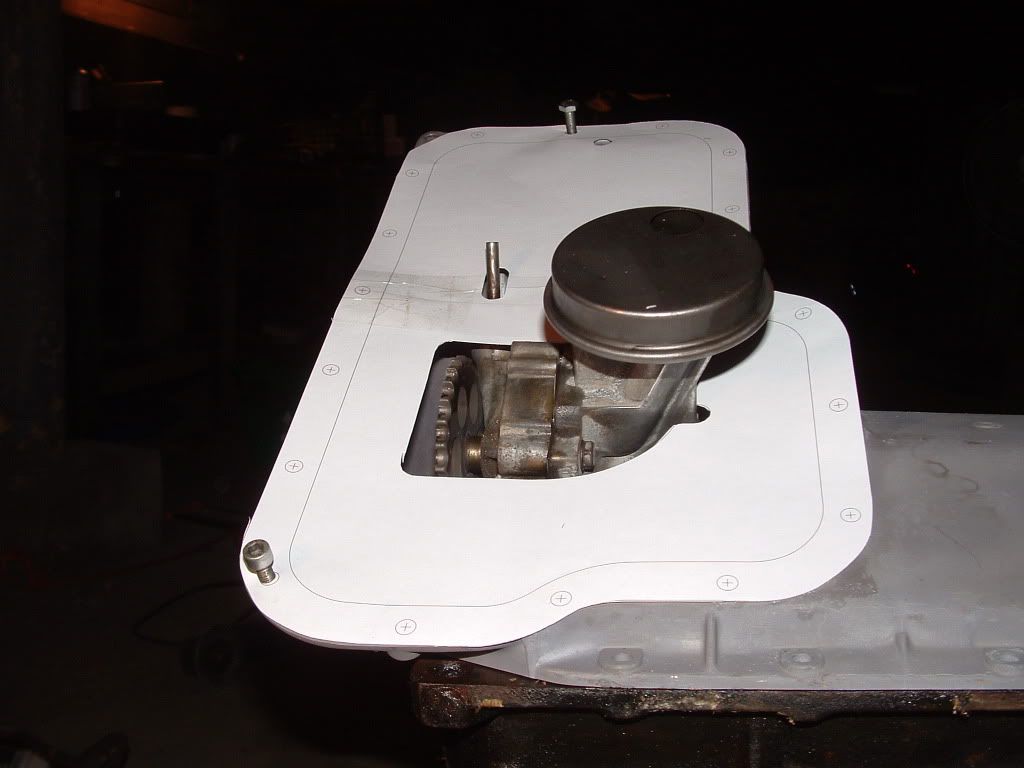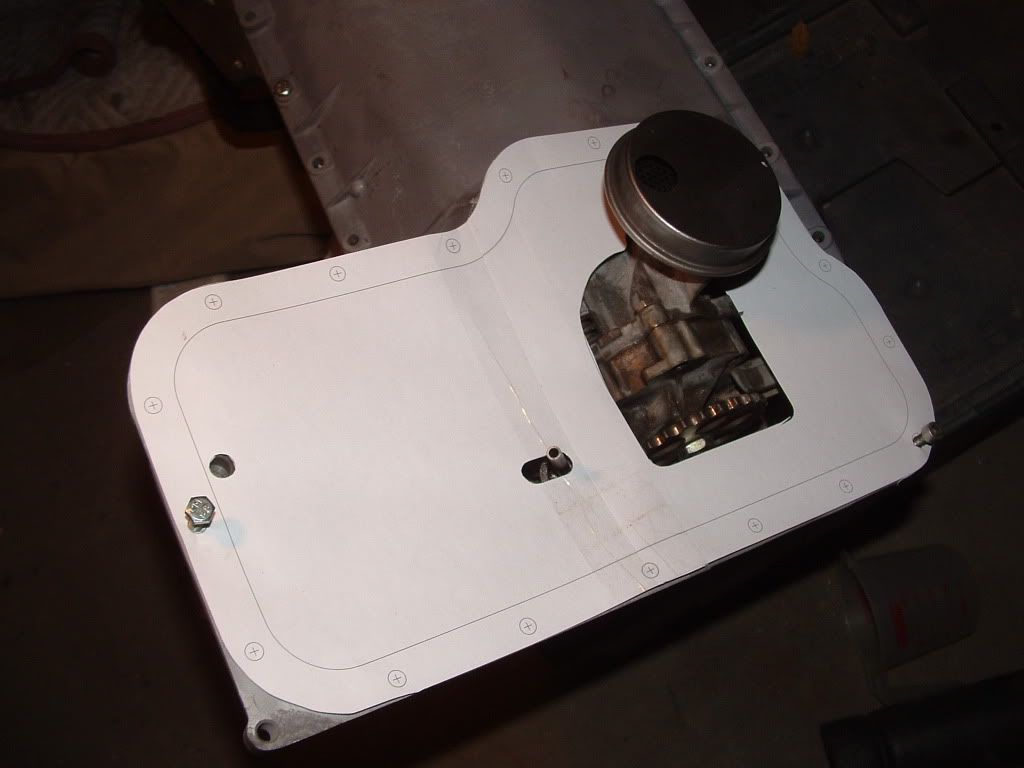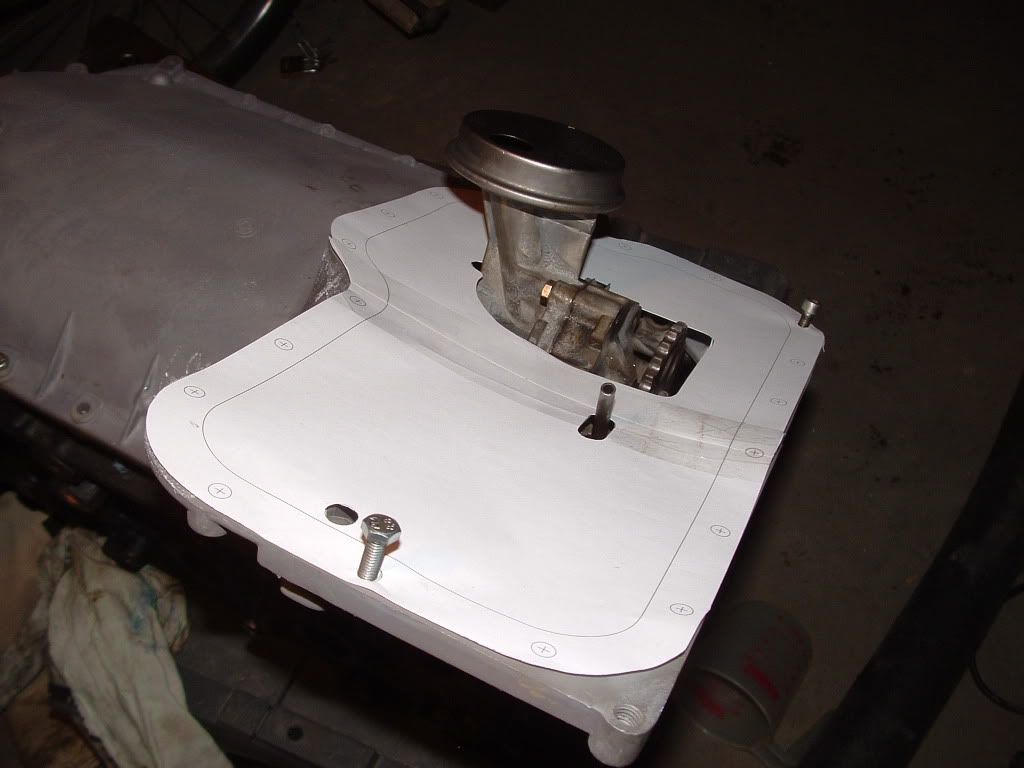Off topic -- This is very curious, when I look at the thread online the answers end where Jean asks if it really does happen in the M30 -- about 3-4 posts back now. When I try to answer his post directly I cannot view anything. When I now try to respond to the thread with a generic response I can see the missing responses below (if you scroll down).
Are others experiencing this?
I ask because I have posted on probably 200 different forums and this is the first time I have run across it. Maybe it related to something new about my browser.
Crank Scraper (review)
Collapse
X
-
What a bummer :( Too bad I didn't know about this earlier as the engine is arleady assembled. GrrrLeave a comment:
-
I hope this is not a double posting -- my first attempt appears to have disappeared into the aether.
Yes, they do. It was one of the first designs we did -- look at our logo.
It is an inherent problem with the tilted engine design and particularly so when assisted by the engine rotation. It occurs with the Porsche 924 and 944 engine and -- if you road raced one -- the Chrysler slant six.Leave a comment:
-
Yes, they do. The M30 was one of the first patterns we did -- look at our logo. Under prevailing lateral acceleration the oil simply backs up to the corner and sides -- the direction of rotation also blasts it along.
It is an inherent problem with the design of the tilted block. It is a problem with the Audi based engine in the Porsche 924, the Porsche 2.5 and 3.0, the Chrysler slant six, etc.
It is a difficult problem to address with static components and this is why BMW went to the dual pump system in the Euro S50.Leave a comment:
-
Hi Kevin,
I've experience oil starvation on the m10, it's quite easy to do but since the design of the e32/e34 pan is quite different I wanted to know if they suffer from it as well?
Do you know for a fact that they do?
Thanks.Leave a comment:
-
-
I don't think the fundamental problem with the E30 is the pickup being uncovered but rather the amount of air entrained into the oil by it being churned by the rotating assembly. In fact, I suspect this is the case in most situations blamed on the pickup being uncovered.Yes, but the oil pressure data I collect should still be valid. Jon Allen's oil pressure data was collected with a scraper, and my Accusump checkvalve isolates pump OP from galley OP.
I'm still working on calibrating my pump OP sensor and the Traqmate. The data I collected this past weekend at Roebling was no slam dunk in support of Jon's data. I've tweaked the calibration a bit more and we'll see what it looks like at Road Atlanta.
This is also why you must be very careful when using an oil accumulator. An accumulator injects even more oil volume which can exacerbate the problem. Also, when the device recharges it becomes incrementally more and more laden with aerated oil.
Oil accumulators were designed specifically for when the pickup is uncovered. Other uses or theories came creeping in over the years. When a car goes over a jump the oil can lift from the floor of the pan. Ditto when a car with high levels of downforce goes over a bump in the track. Or when an airboat hits debris in the water at speed, etc.
Lots of variables with oil supply issues.
In case it is not complicated enough, the silicone antifoams used in some oils are good at reducing surface foaming but they encourage bubble entrainment deeper in the oil.
Some low viscosity oils have higher entrainment at low temps than high viscosity oils and then the data flips at higher operating temps.Leave a comment:
-
You always have to confirm that the frame has been reduced enough -- it is pulled back, yes. Don't forget that the downstroke scraper is not Teflon and must be checked.Leave a comment:
-
Hi,
I make the scrapers.
With a fully machined cast crankshaft you could make a scraper that would fit within the tolerance. BMW did not do this -- the seams on the sides of the counterweights are uneven. Also, there are variances in other parts like pumps. There are certain critical dimensions that must be met but in other areas if the housing is not near another stock part the manufacturer is left to their own best practice.
A few years ago I had a discussion about this with an engineer from Cosworth while we were discussing casting techniques.
Just a small example from another marque, Ford, but on a newer engine, the Zetec E: I purchased 11 pressure cast sump castings ranging over about a 5 year production span. There were three distinct groups of casting gate dimensions. There was more than 2mm variance from one of the groups to the other.
Here is a good example of slightly more than 2mm variance from Toyota; this occured because they were saving money by reusing a 20V mold for a different application:
Leave a comment:
-
Does anybody know if M30 engines with e32/e34 oil pan suffer from oil starvation as well?
They have a factory baffle of some sort in the pan

Leave a comment:
-
The tube that feeds the whole engine with oil is about 10mm in diameter. It is obviously pressurized. The returned oil drips from all over the engine and front cover. That oil simply mixes with the one in the pan. The horizontal baffle is below the oil level. BTW There are more than enough openings for oil to flow down the lower pan. Look at the finished product. There's even a hole at the back as the engine is slightly canted.Leave a comment:
-
Not questioning your research/design just curious. I have not researched so I'm not really sure on the volume of oil at high RPMs but wondering on the available space to return to the pickup side of your plate.
Always love seeing your work.Leave a comment:
-
-
-
I wouldn't put the blame yet on the scraper, while it would indeed be interesting to analyze the source of problem. Crank scrapper + oil starvation aren't necessarely related, but maybe I don't have the big picture. The crank scraper is located way above the oil pick-up and I don't see how the problems could be related. Also, a crank scraper without any oil pan baffle is putting priorities in the wrong place. What is required is to isolate the oil pick-up and keep oil from gong away from it in corners by climbing up the lower pan's walls. I will see how the M20 pan is done, but here's an experiment I did for the S14 engine. It is inserted between the upper and lower pan.




Leave a comment:


Leave a comment: